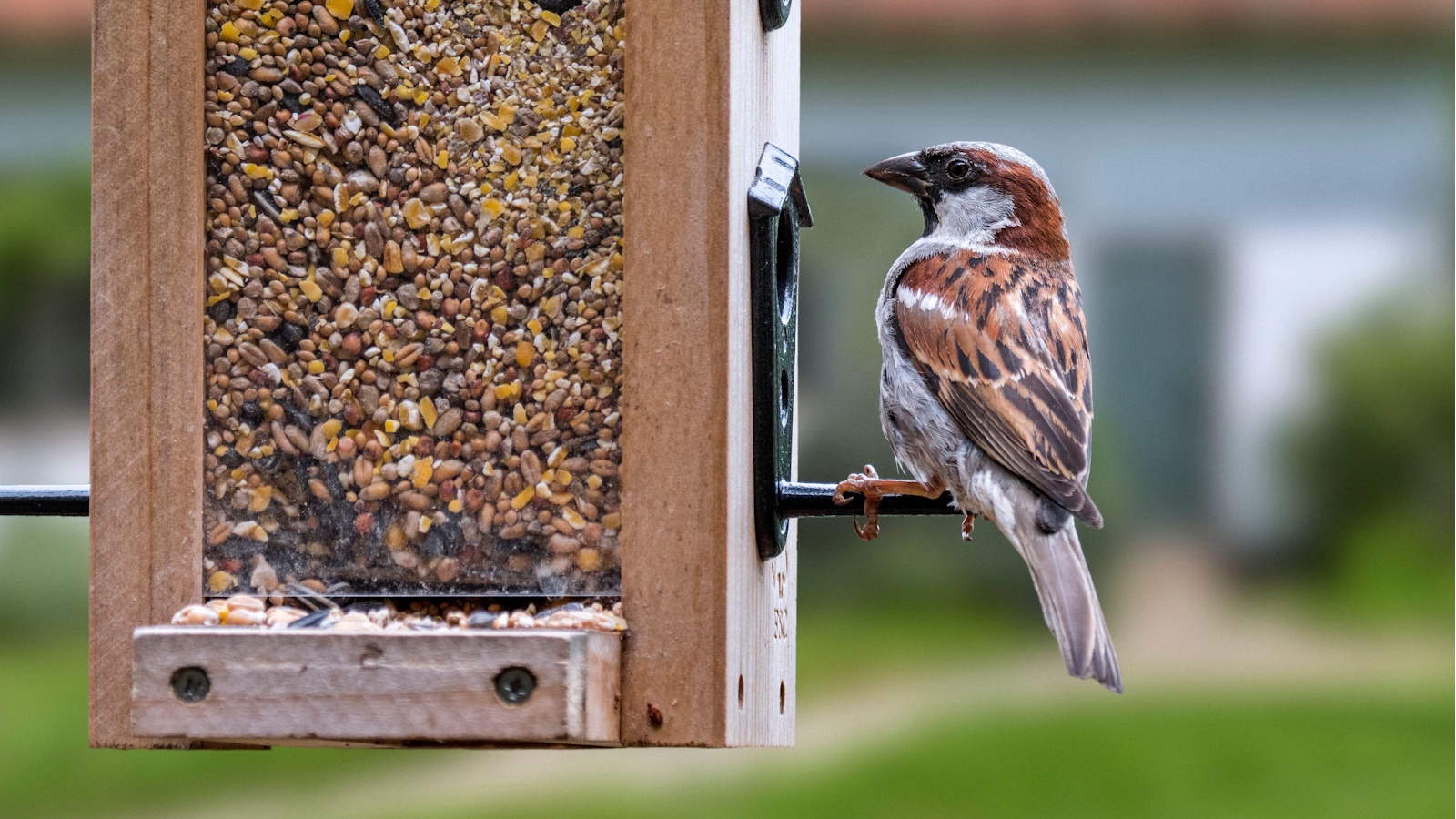
Welcoming wildlife to the yard is one of the best bits of having a thriving garden full of plants and resources to support a wide range of animals. Of course, some of the most common sightings are garden birds, from cardinals to goldfinches to robins, and the US is full of some wonderful species.
Whether you're researching how to help garden birds in summer or how to help garden birds in winter, one of the most important things to familiarize yourself with is how to feed birds. While you can simply keep a well-stocked bird feeder and watch different birds come and take advantage of it, avian experts say there are many things you can do to provide food sources for the birds that visit your yard.
From planting choices to positioning feeders correctly, there's a lot to consider when first learning how to feed birds. Here, the experts share their top tips for feeding feathered friends, no matter the time of year.
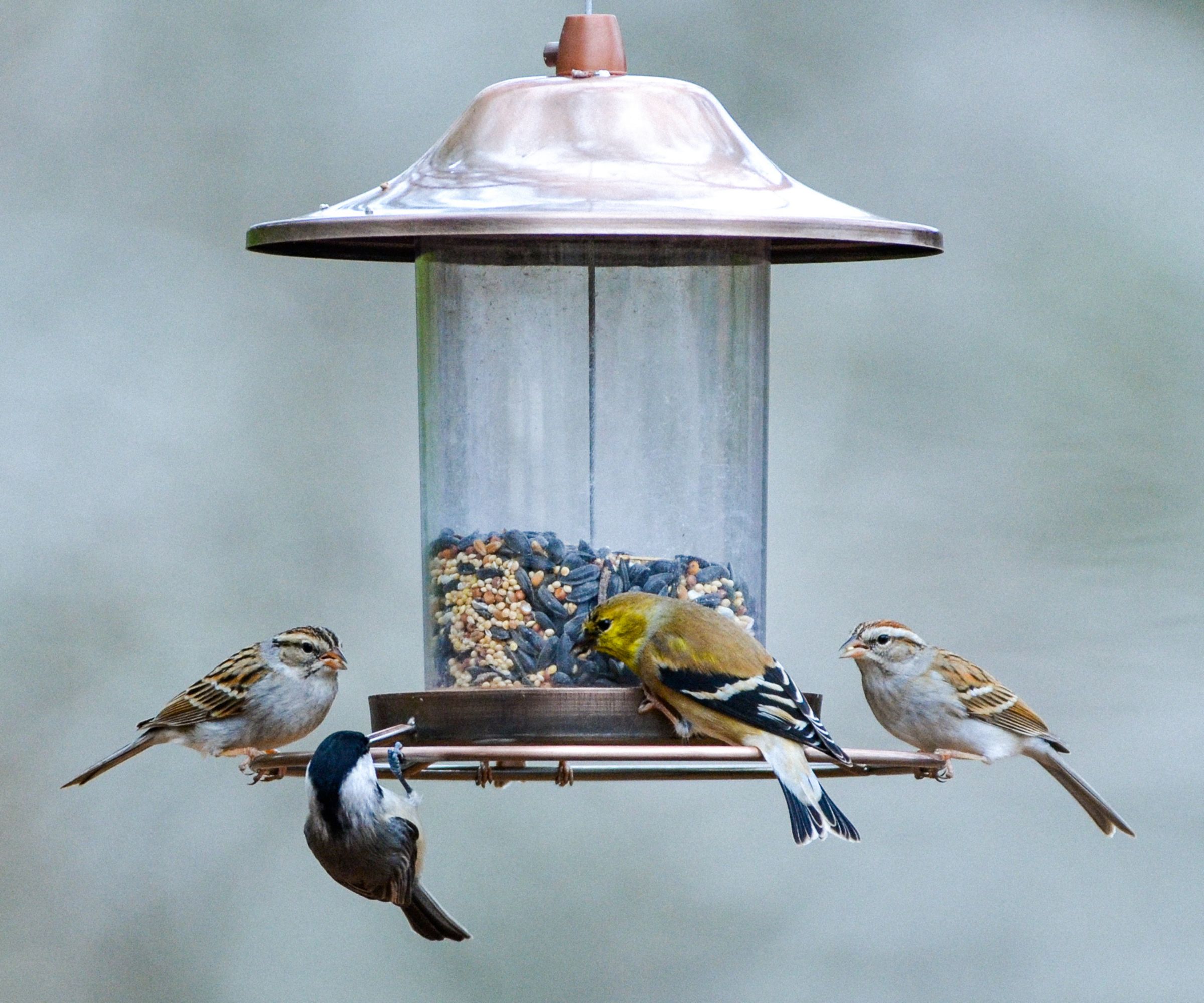
5 ways to feed garden birds
As well as knowing how to feed birds, it's important to be aware of what not to feed birds. Seasoned human foods, alliums, and fruit pips are all on the ban list, as they can cause birds more harm than good. With that being said, try these five methods to provide essential nutrients to the garden birds in your yard:
1. Grow native plants
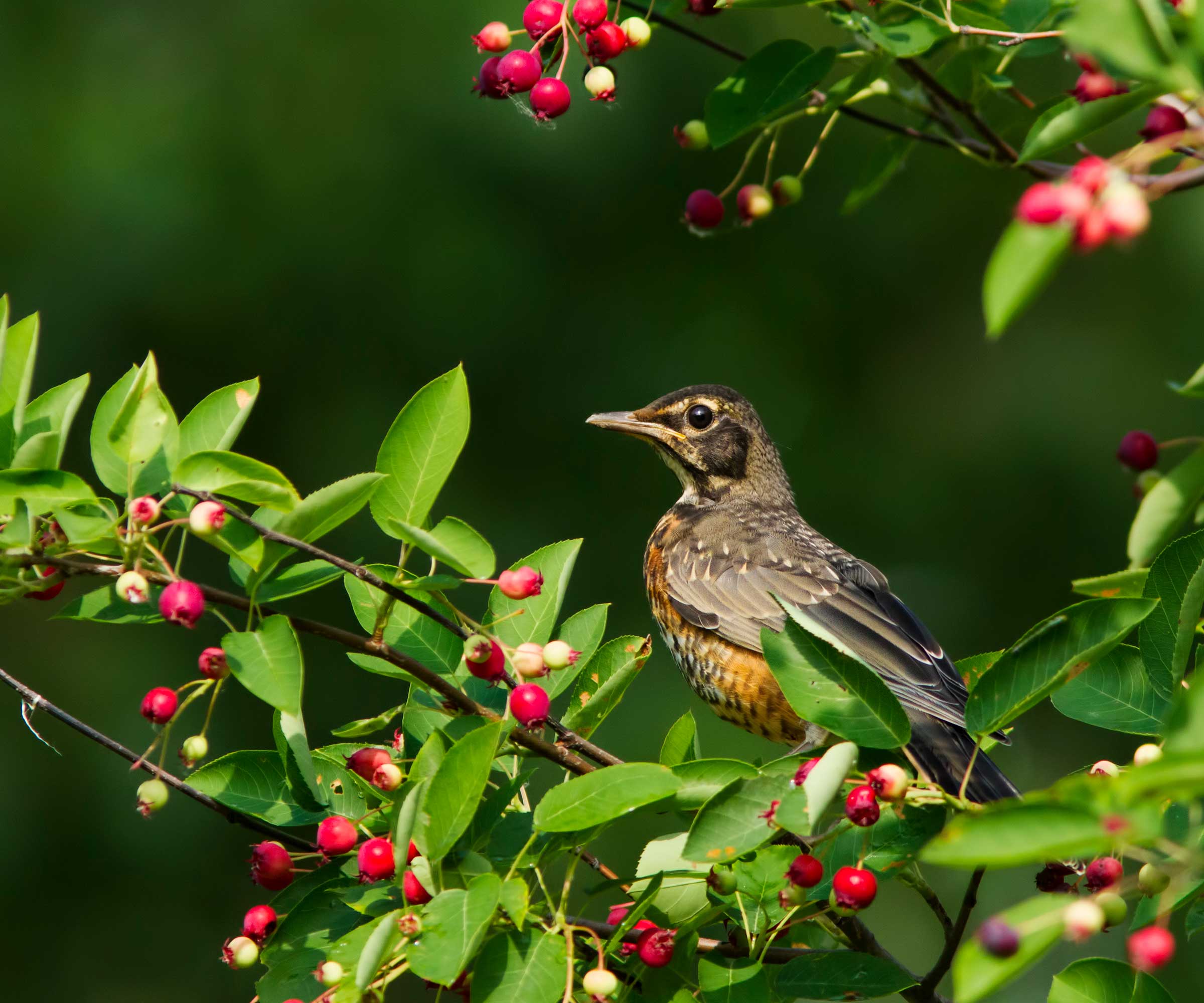
This is one of the best bird feeder alternatives to choose from, providing birds with plenty of foraging food in your backyard. In particular, nectar-rich blooms and edible hedge plants with berries are popular food sources for birds.
'The easiest thing gardeners can do is to use native plants in their yards that will provide a natural food source for birds,' says expert ornithologist Maren Gimpel.
'Whether it's the berries of a viburnum for thrushes or seeds of echinacea for finches, what you choose to plant can improve the lives of birds. Consult your local master gardener or look online for the plant species best suited to your region,' she advises.
Nature Hills has categories for different native plants by US state, so you can find a selection of hand-picked plants for your region.
2. Feed birds all year round

Just because the garden starts to slow down in the fall and winter months, doesn't mean it's time to neglect wildlife. Many birds are still active during the coldest time of year, which is why it's important to continue efforts to feed birds in winter.
'Feeding birds during the winter is usually the most beneficial time to do so, as their food supply is at its most scarce. But, feeding year-round can also benefit migrating birds in the fall and spring,' explains bird blogger and expert Dan DeBaun.
'You should also check your local city and state guidelines. I have no problems feeding birds year-round in Minnesota, but some states restrict or urge you not to feed birds during black bear season,' he advises.
Feeding birds cooked potato occasionally through the colder months is also a good idea. It's a treat rich in carbohydrates, providing lots of energy for when birds need it most. Just take care to only put out cooked potatoes every few weeks, so it doesn't become part of their usual diet – sweet potatoes (from Walmart) are thought to be the best choice.
3. Use black oil sunflower seeds
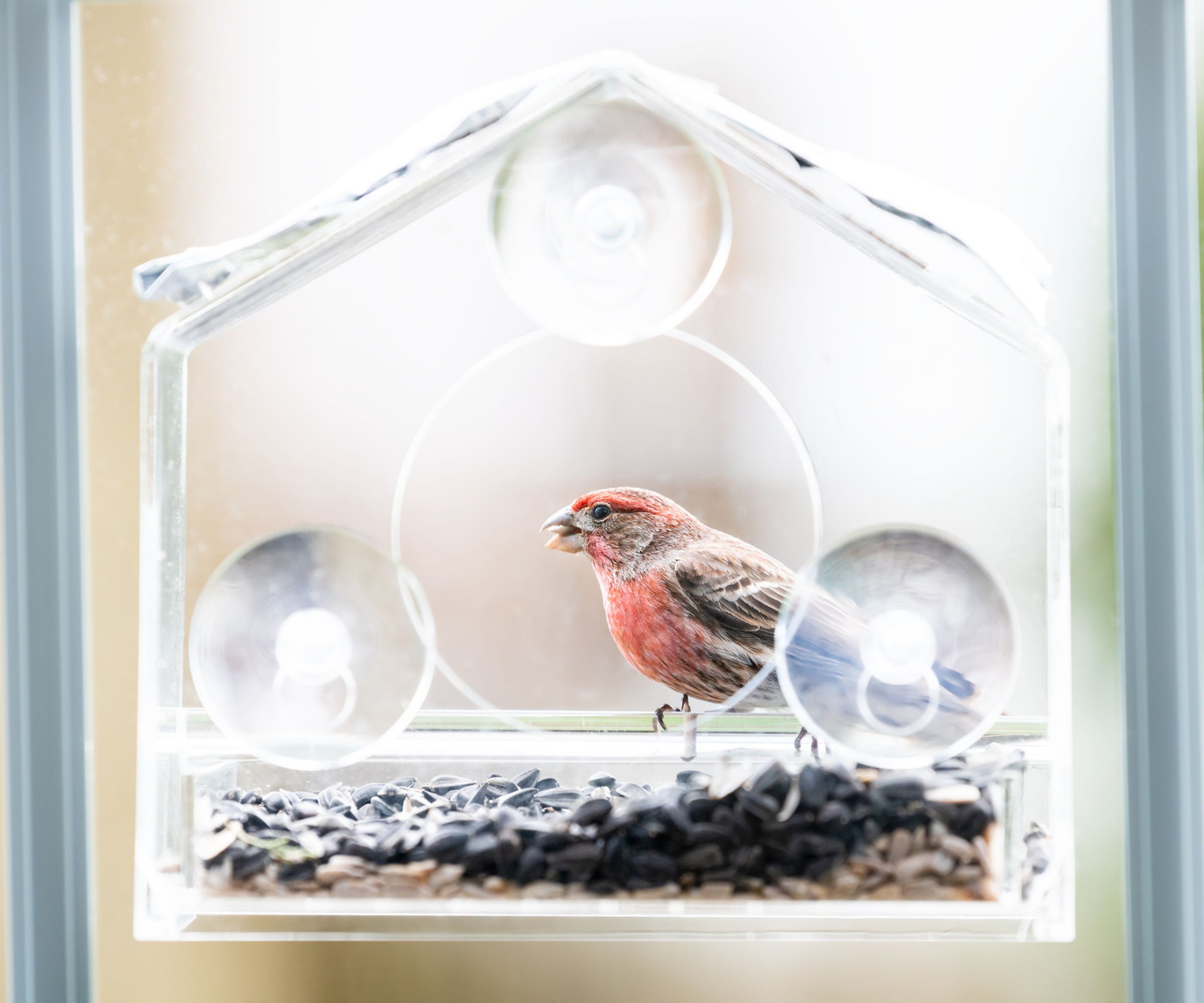
With so many bird feeds available on the market, it can be hard to know which to go for. But, experts say there is one type of seed that stands out: black oil sunflower seeds (from Amazon).
'Black Oil Sunflower seeds are always a good choice, as a wide variety of birds like them and they’re inexpensive,' says Maria Kincaid, ornithologist from FeatherSnap.
The high oil content of these seeds provides plenty of energy and fats. The thin shells are also palatable and easy for a wide range of birds to consume, including titmices, chickadees, finches, grosbeaks, jays, and nuthatches.
There are also lots of ways to provide birds with black oil sunflower seeds. You can add them to traditional bird feeders (from Amazon), scatter them among native planting for birds to forage, or use a bird feeder with a camera (like this FeatherSnap bird feeder from Amazon) to watch them enjoy this nutritious food.
Of course, providing a wide range of food is always a good way to provide birds a balanced diet.
'During the fall and winter, I like to also include a suet block (from Amazon) in my feeder set-up, for woodpeckers, chickadees, nuthatches, and other birds that stay local to my area and can use the fat content to have the energy for the cold weather,' Maria says.
4. Choose a hopper feeder
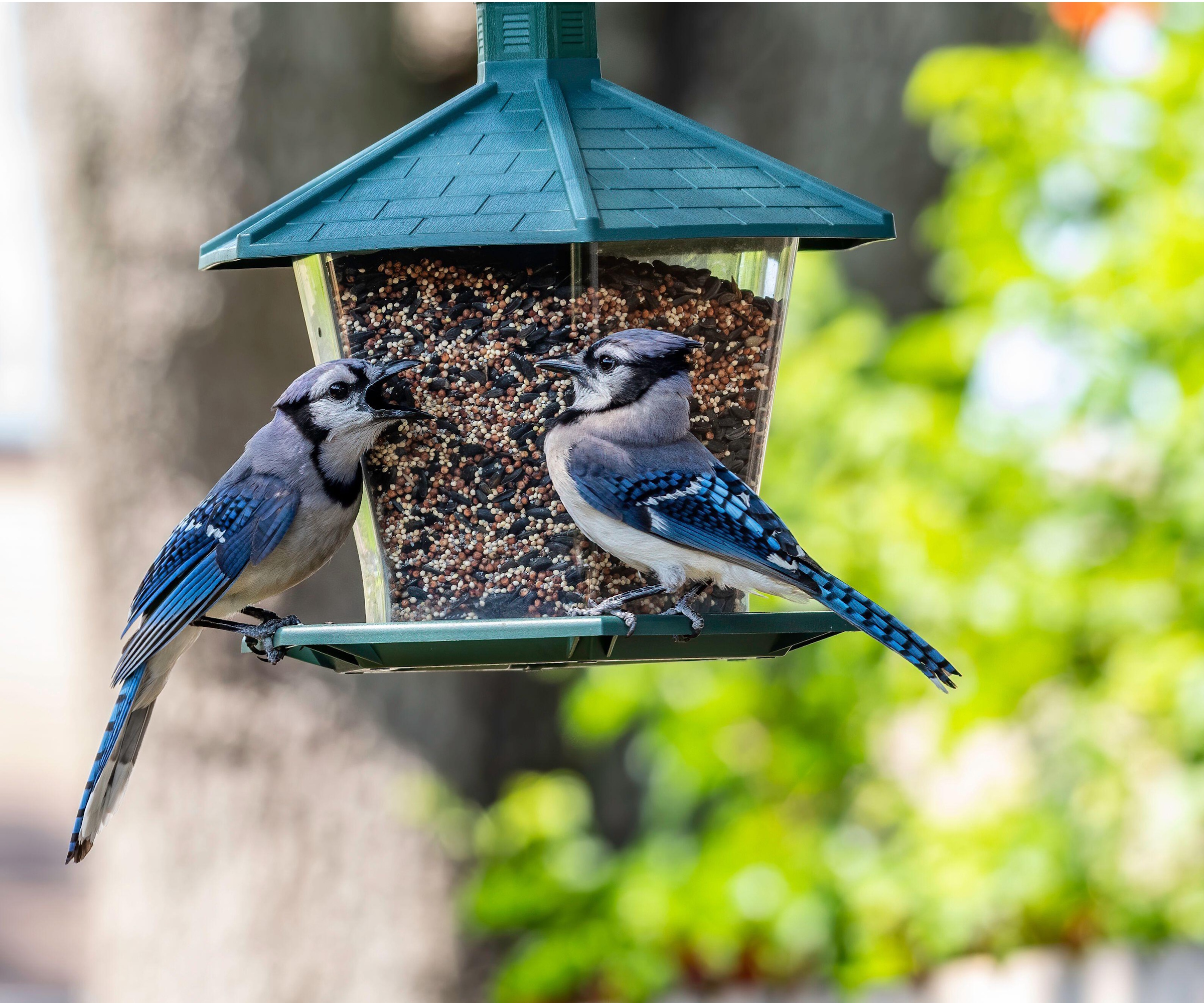
Not only are there endless bird feeds to choose from, there are also a wide range of bird feeders on the market. Choosing between a window bird feeder vs standard bird feeder, a tray or DIY bottle bird feeder, and even considering a natural bird feeder, it's no wonder it can be overwhelming to find the right fit for your yard.
But, the avian experts agree there is one type of bird feeder that tends to be most accessible to the widest range of birds: a hopper.
'My favorite style of feeder for a wide variety of birds is a hopper style feeder, where the seed is held in a container and flows down to a feed tray as it’s being eaten,' Maria says.
'They are suitable for a variety of different seed mixes, and allow birds of many different sizes to perch and eat,' she explains.
Hopper feeders (like this one from Amazon) are typically in the shape of a house. They have plenty of room for birds of many sizes to perch on and, as Maria notes, the food drops down into a tray so birds with bigger beaks can access it too, unlike some cage or small dispenser feeders.
5. Prevent squirrels getting to bird feeders

Another thing to keep in mind when researching how to feed birds in your yard is keeping squirrels away from bird feeders. Of course, squirrels are wildlife that many do want to welcome to the yard, but they can be sneaky and steal food sources away from birds, as well as sometimes be predatory towards them.
There are a few things you can do to stop this, including providing alternative food sources for squirrels, like nuts and fruit, far away from your bird feeder.
'Squirrels are smart and agile little critters, so you might need to use more than one deterrent. First, think about where you’re placing your feeder. You want it to be about 10 feet away from tree branches or other things that squirrels could jump from to land on your feeder,' Maria advises.
You can also install a baffle (like this one from Walmart) on your bird feeder to make it difficult for squirrels to get to the food.
'Consider using a spicy feed, too. Birds don’t have the receptors to feel the heat from capsaicin, the chemical compound that makes chili peppers burn your mouth, but squirrels and other mammals do,' Maria notes.
'There are commercially available spicy seed mixes (from Amazon), or you can add something like cayenne powder to a seed mix that you already have. It generally works, but some squirrels just don’t seem to mind it,' she adds.
FAQs
What's the best way to provide garden birds with water?
It's important for birds to have access to water to stay hydrated and to bathe in. For this reason, you may consider using a bird bath (and importantly, clean your bird bath regularly to keep it fresh for birds), or you can use a hanging bird water tray (like this one from Amazon).
Make sure to refresh water often to keep it clean and prevent passing on harmful bacteria and dirt to birds. You could even install a water pump for a bird bath (from Amazon) to aid this. Don't forget to also stop a bird bath freezing in winter, to provide birds with fresh water even in the coldest months.
These are just some of the ways avian experts recommend feeding birds. The truth is, there are so many possibilities to choose from. You can even put rice in bird feeders for an occasional treat. One thing to also consider when first starting with bird feeding is finding a bird feeder that limits infection.







